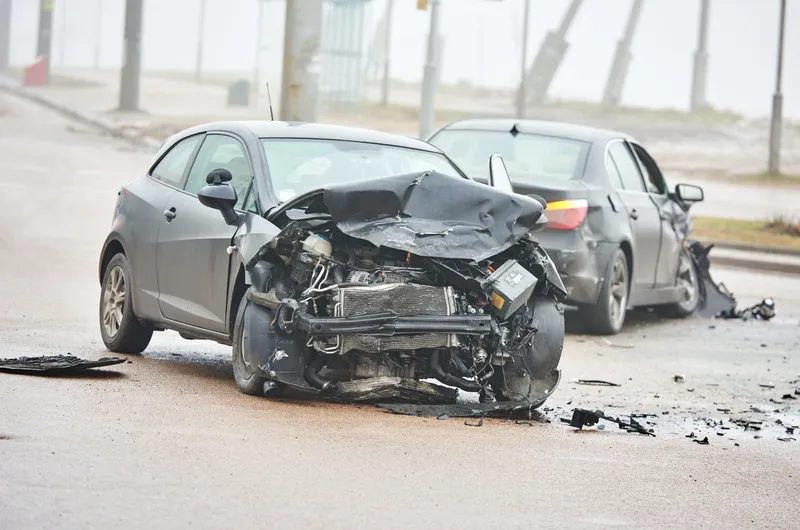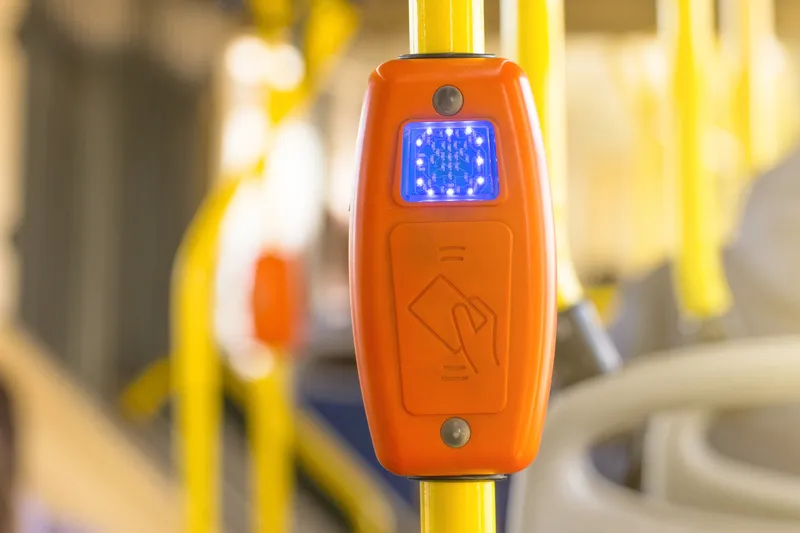
Wejo's traffic information is to supplement Waycare's data sources, allowing agencies in the US to detect and predict roadway incidents.
The joint offering is also expected to allow them to respond more effectively based on near real-time data in a single platform, from which they can all collaborate.
Stalled vehicles, debris, traffic stops and congestion pose safety risks to the vehicles and travellers on roadways - and can require many different agencies’ involvement to resolve.
Wejo says first responders, roadway maintenance crews, service teams and traffic management operators often get their information from - and communicate on - different platforms and face issues with incomplete or delayed data about an incident.
Wejo allows Waycare to produce actionable insights, like automatic incident detection and crash prediction.
The partnership also provides more visibility into rural roadways where physical infrastructure is often lacking, the company adds.
Waycare CEO Noam Maital says: “Ingesting Wejo’s connected vehicle data into our AI algorithms has enabled the Waycare platform to automatically detect more incidents on the roadway, and to do so faster than traditional methods used today."
"The sheer volume of connected vehicle data we've been able to access is invaluable and has provided a useful source of information to help us supplement our coverage in areas where physical road infrastructure isn’t present.”
Projects in Missouri, the San Francisco Bay Area, and Texas are already underway, with 11 additional regions expected to roll out in 2021.
The companies first joined forces in 2019 to augment how several Nevada transportation and safety management agencies used Waycare’s traffic management solutions by incorporating Wejo’s data for a more comprehensive overview of conditions on the roads.
According to Wejo, this allowed the agencies to identify and respond to incidents quicker and improve traffic safety.










